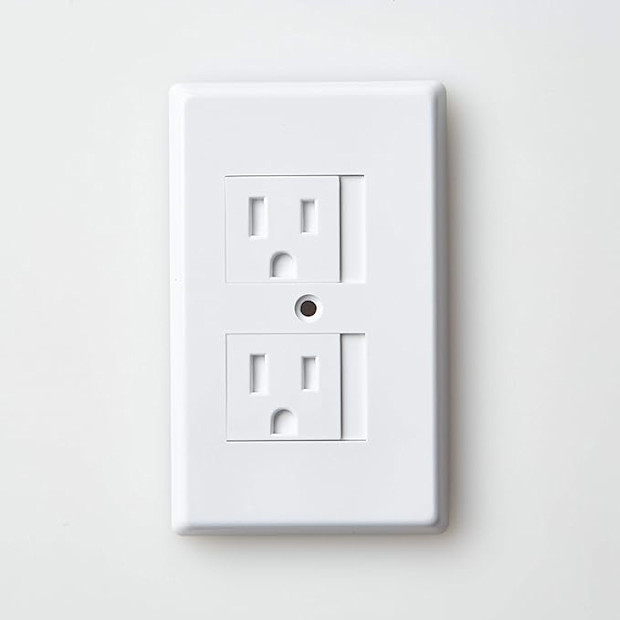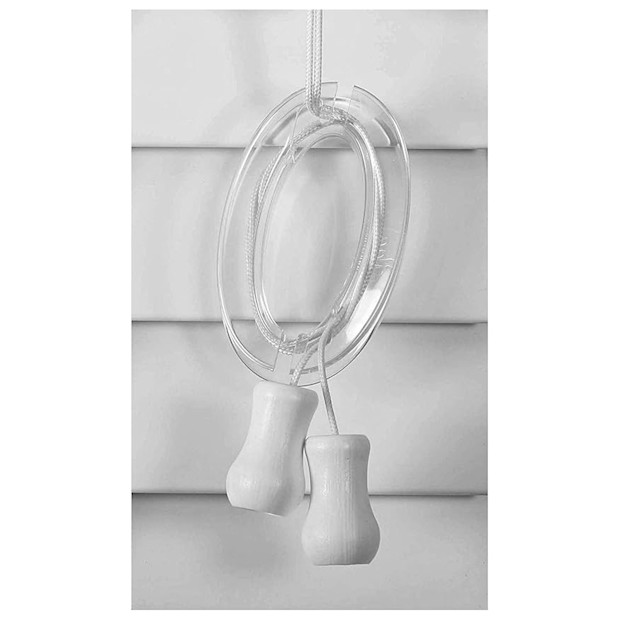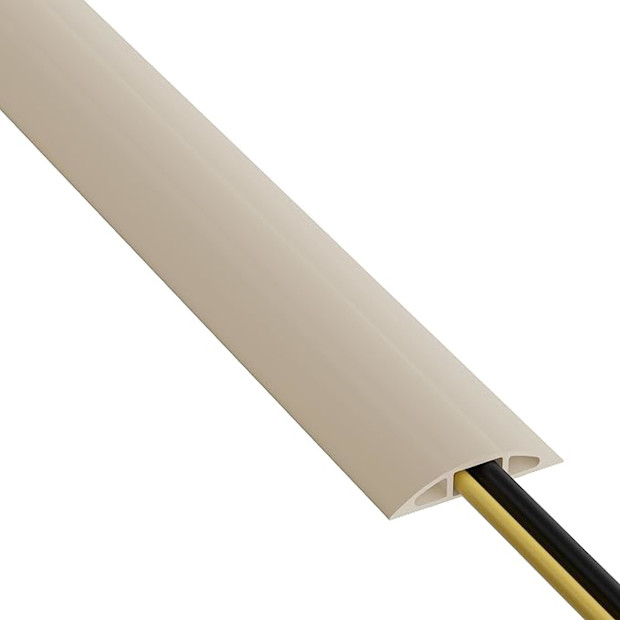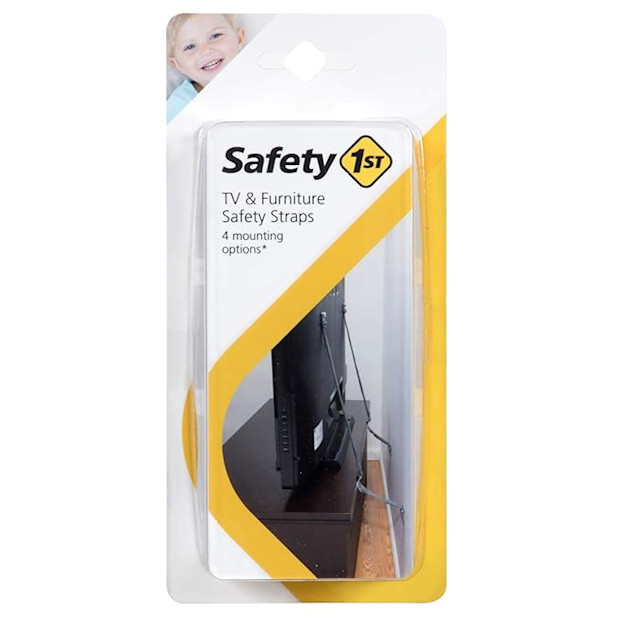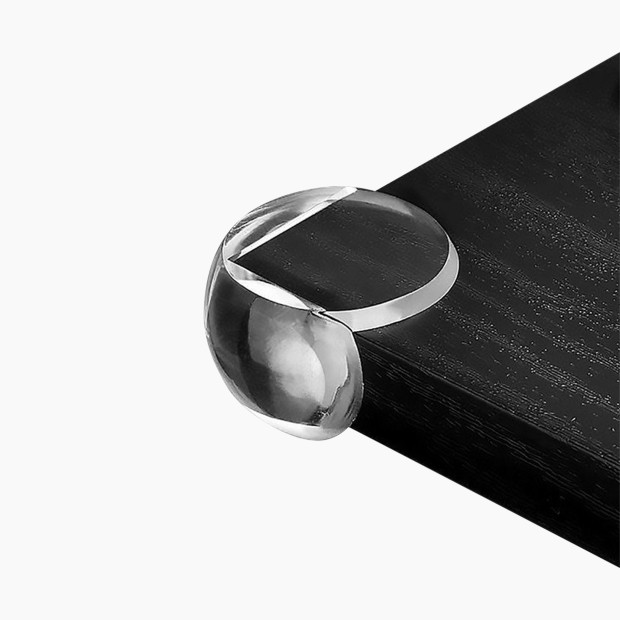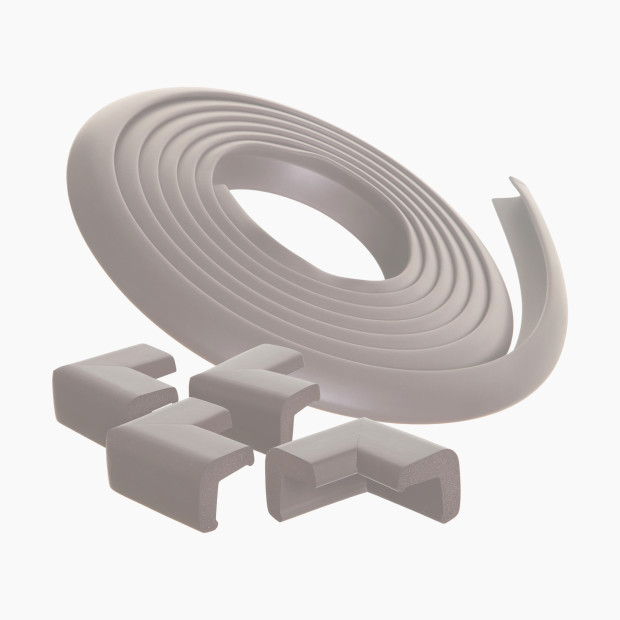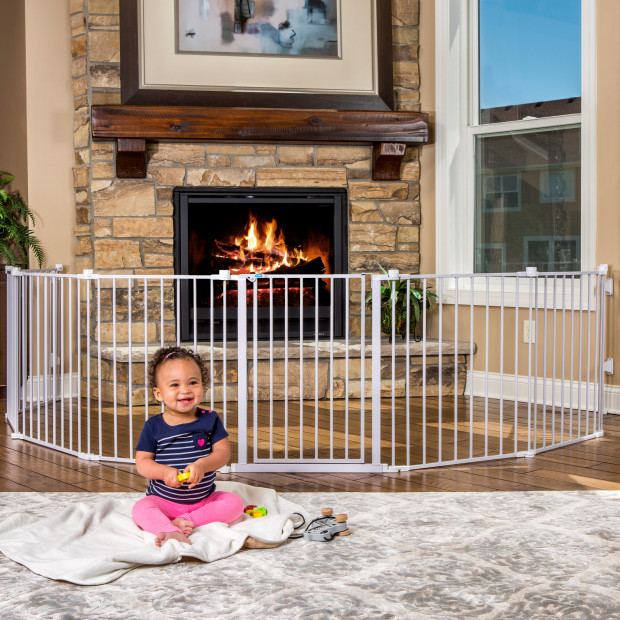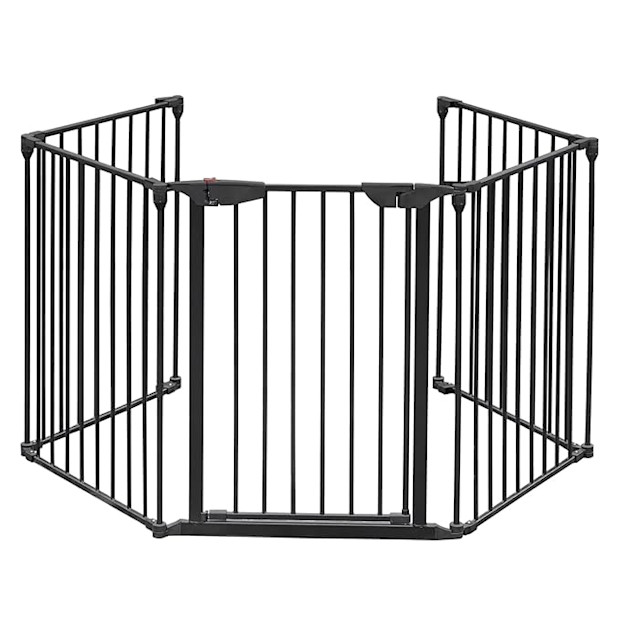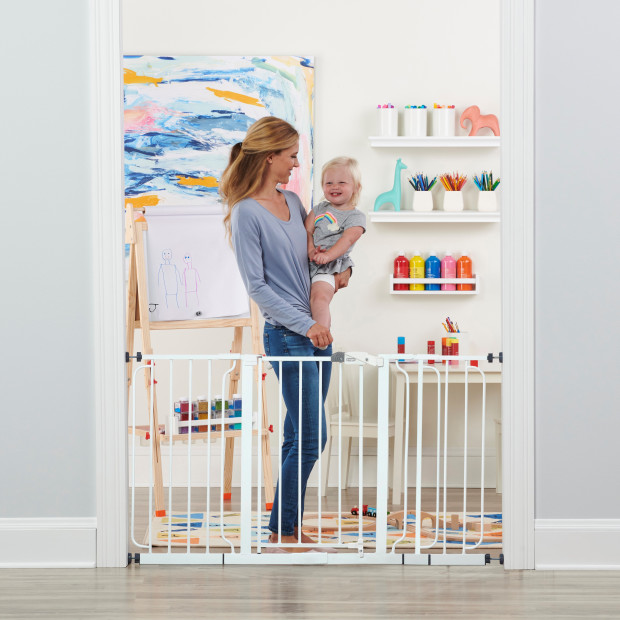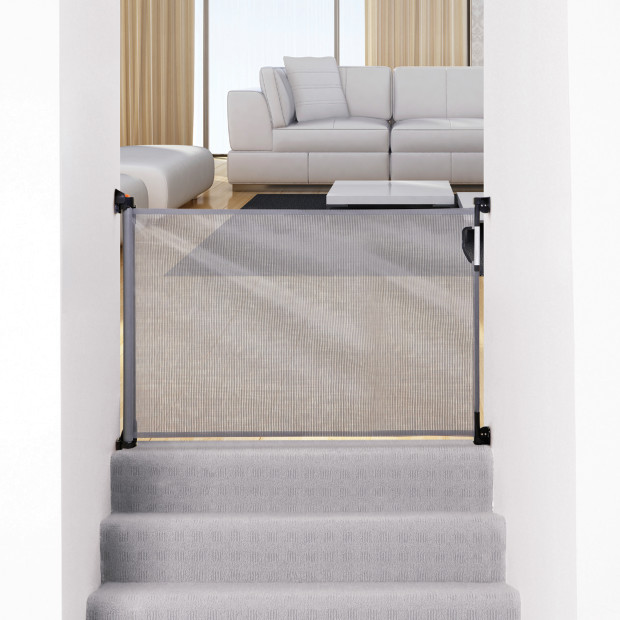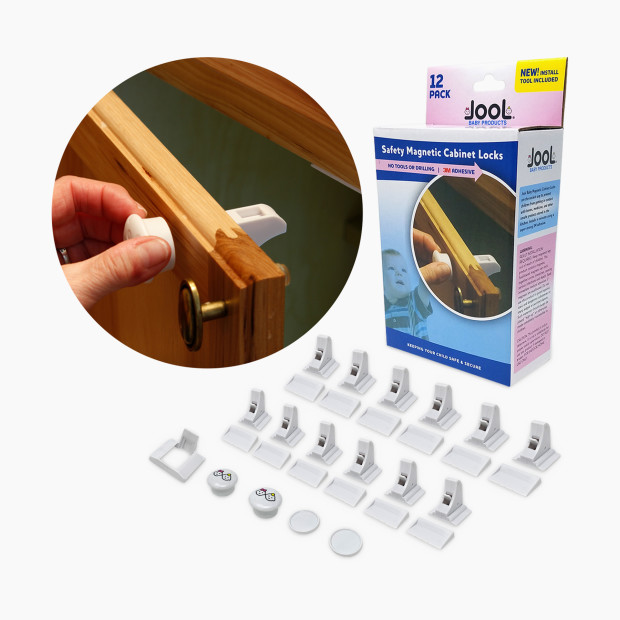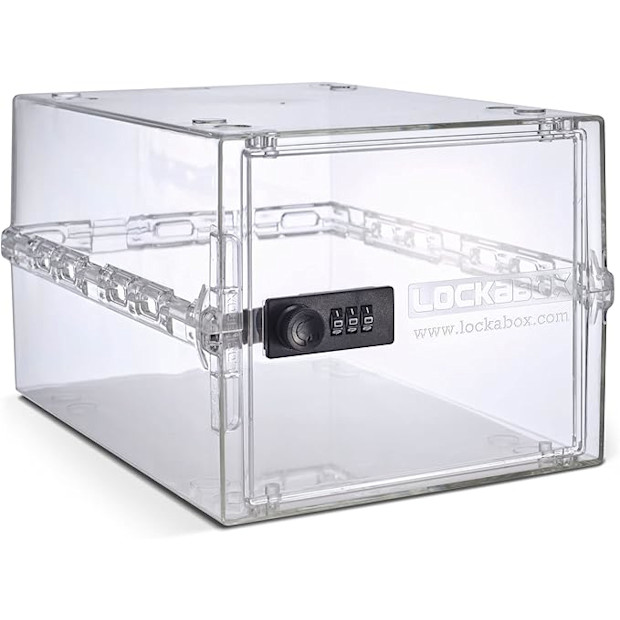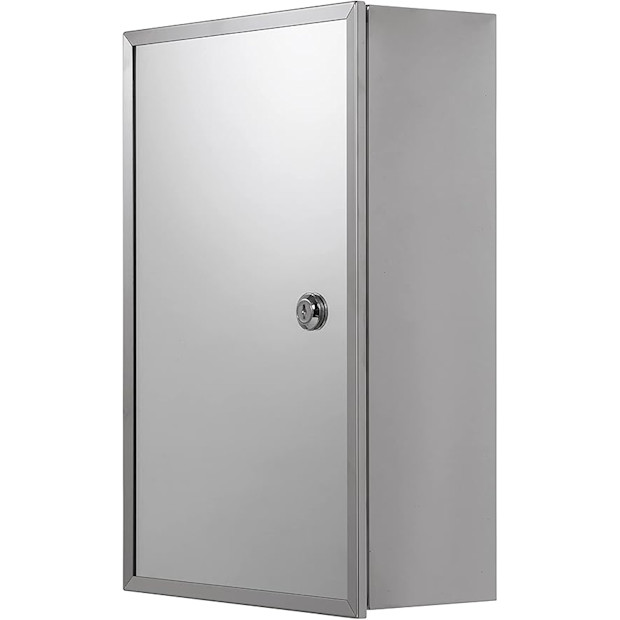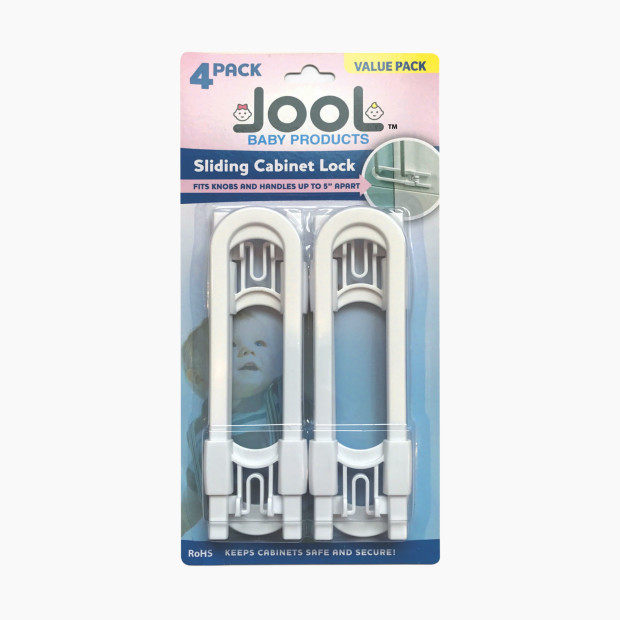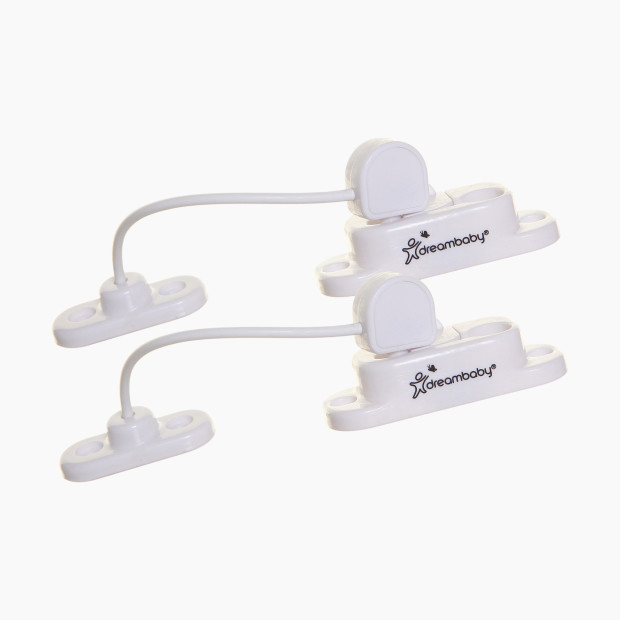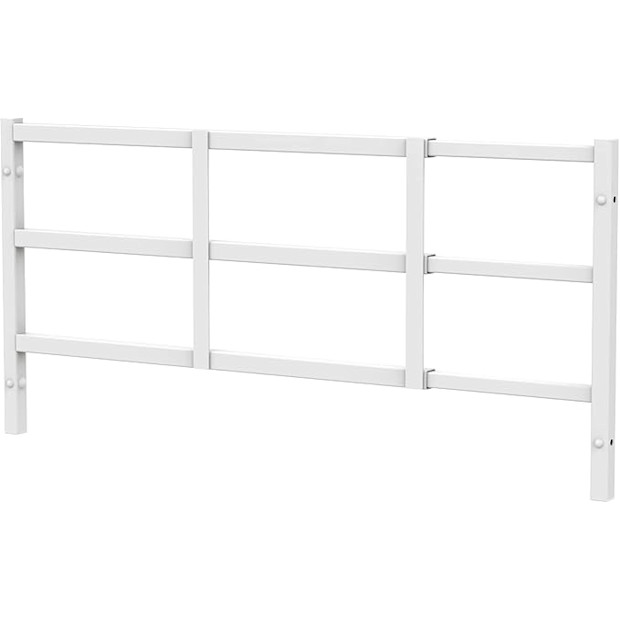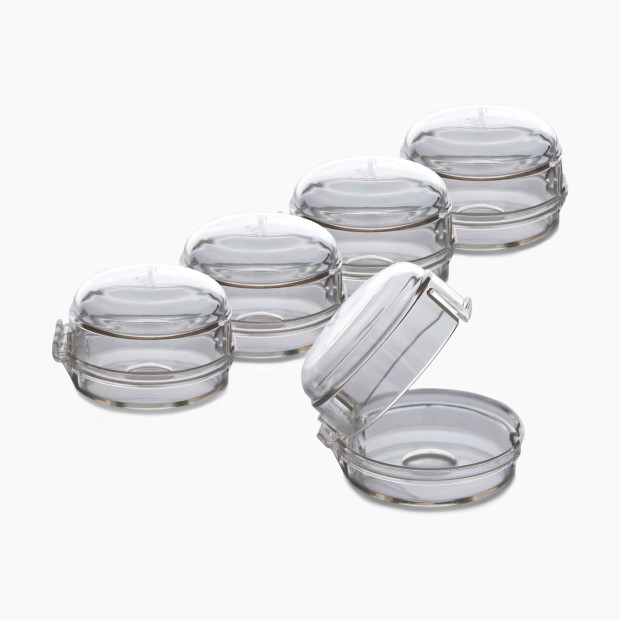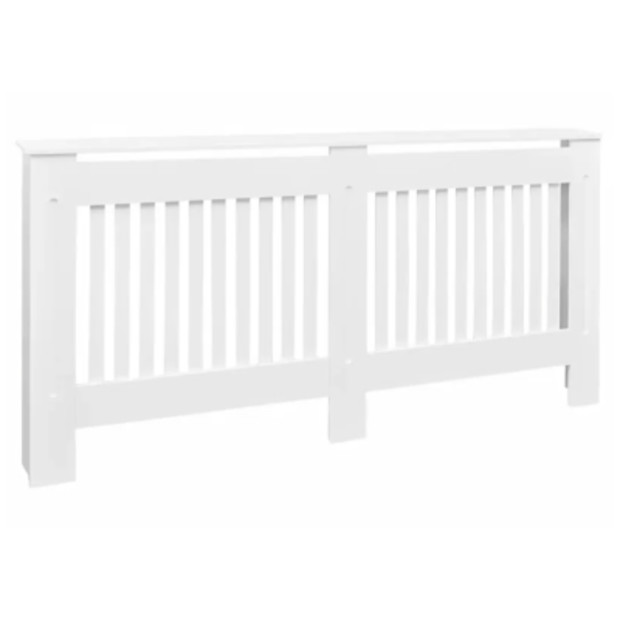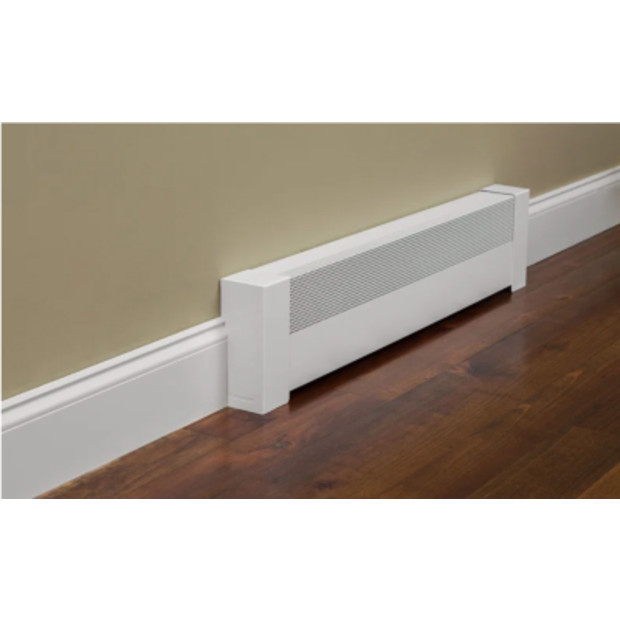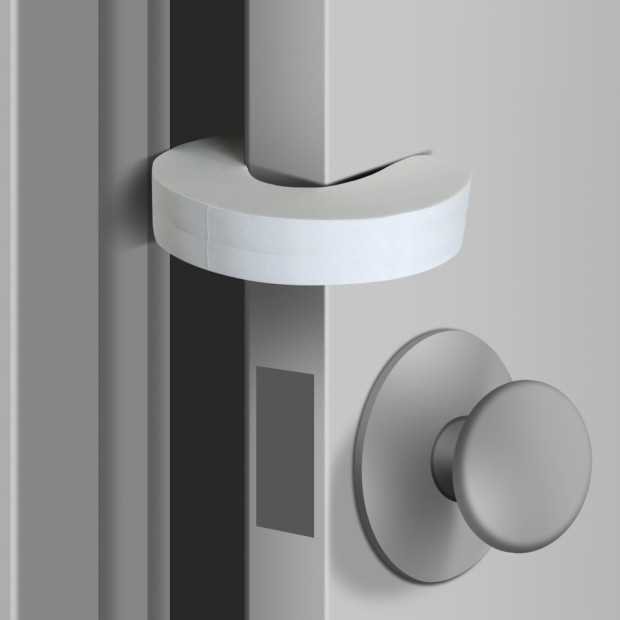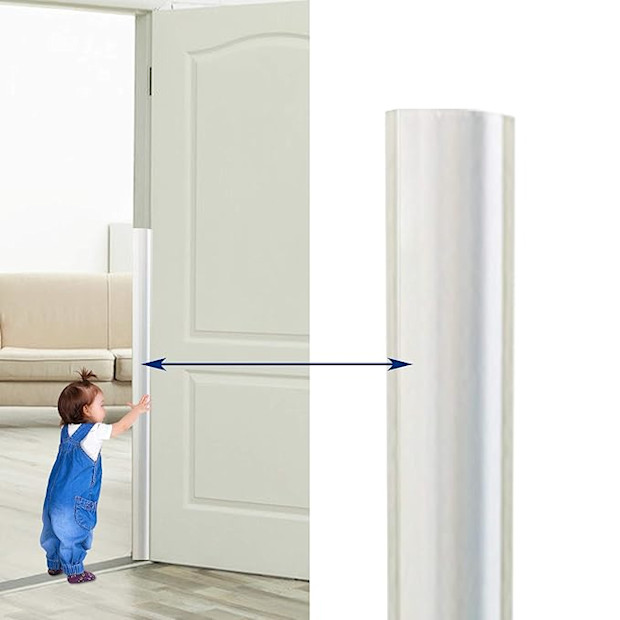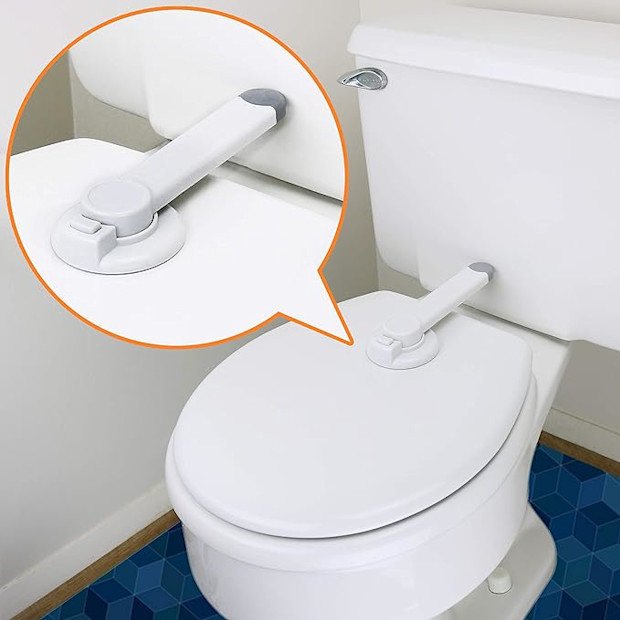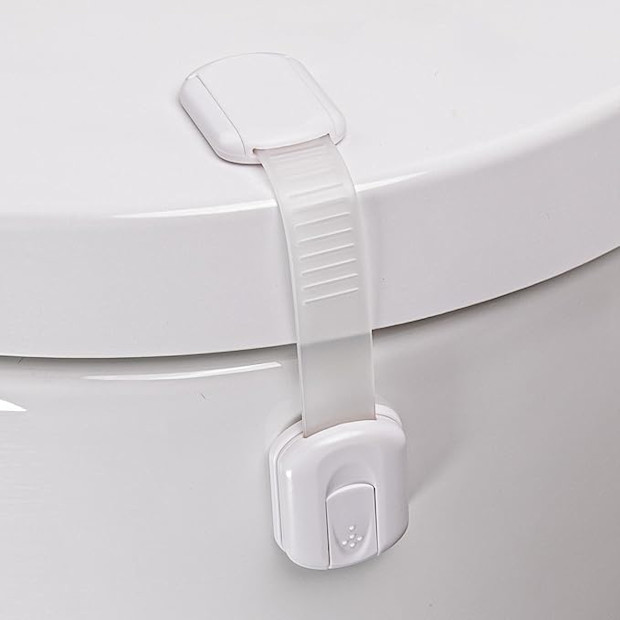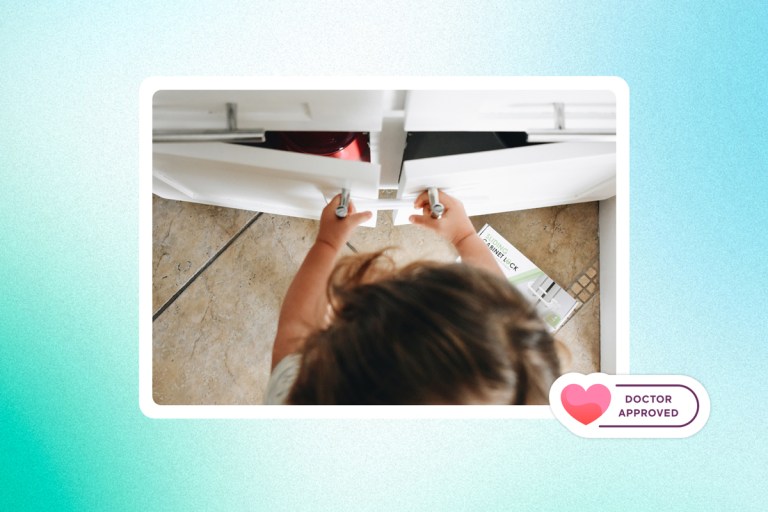
An ER Doctor's Childproofing Checklist
Babies start moving faster than you'd think! Prep your home well in advance to help prevent household-related injuries.

By Dr. Seran Kim and Amylia Ryan
Fact Checked by Shannon Vestal Robson
In This Article
Newborn babies may seem immobile, all swaddled and sleepy. But they’ll be on the move as early as six months—and it happens fast. So be sure to prep your home well in advance to help prevent household-related injuries.
Infants and children younger than five years old account for over 40% of pediatric Emergency Department visits. Six of the top 10 reasons for emergency visits are for injuries such as bruises, open wounds, sprains and strains, broken arms and other injuries due to external causes.
Many of these common injuries occur in and around the home, so don’t forget to check all of these precautions off your list. You can even print out this checklist and keep it on your fridge so you can always refer back to it.
Editor’s note: We've included products to help you complete your childproofing checklist. The featured products were chosen by our editors and are not endorsed by Dr. Seran Kim.
1. Cover all unused electrical outlets with plugs to prevent electrical shock.
Babies can stick their fingers in outlets, causing electrocution. Because we as humans are good conductors of electricity, this can be very dangerous—or even fatal.
The outlet covers or caps commonly used for outlet plugs should also be secure and not easily removable, as these in themselves can be choking hazards! Adults also often forget to reinsert them after unplugging an item. The best alternatives are sliding outlet covers or box outlet covers.
2. Keep all cords out of reach
Also, be mindful of the electrical cords themselves! Babies are tempted to chew on anything they can put in their mouth, and this includes cords. When a baby chews or bites into an electrical cord that is plugged in, this can cause a partial or full-thickness labial burn through the lips and mucosal tissues.
Also keep out of reach any cords on window blinds, which can be a strangling risk.
3. Secure furniture, TVs and bookshelves to the walls
They pose a significant topple risk. Again, babies become mobile fast, so although they may not be able to move as newborns, they can start to crawl (and then climb) as early as six months old. So it's recommended that caregivers baby-proof the home for the newborn stage AND beyond.
4. Use protective padding on the corners of coffee tables or any furniture with sharp edges
Babies are very “top heavy,” in that their heads are disproportionately large compared with adults. Falling and hitting a face or head on the corner of a coffee table is a very common injury we see in the Emergency Department. But falling on a sharp straight edge can also lead to injury. So while covering corners are the first priority, if possible, it's recommended to place protective padding on all hard edges.
5. Cover your fireplace with an appropriate safety gate to prevent flame injuries
Ideally, the best way to prevent fireplace injuries is with a full gate that's secured to the wall and placed at a safe distance away from the fire. Babies have much thinner skin and are therefore more prone to burn injuries. The concern with typical freestanding fireplace gates is that they can topple over if a baby tries to lean or climb on it, and the metal on the gate itself can get very hot and cause burns themselves.
Gas fireplaces in particular can get very hot (and stay hot long after the fire is out). The glass on the front can reach temperatures above 500 degrees Fahrenheit, and so curious babies are often treated in the Emergency Department because of severe burns to the palms. Keep in mind: All gas-burning fireplaces made after 2015 are required to be sold with a safety barrier.
6. Use baby gates on the top and bottom of stairs
The hard-mounted ones are much sturdier and safer than the pressure-mounted ones, which can loosen over time, and the threshold bar on the bottom can be a tripping hazard.
7. Use safety latches on lower cabinets and doors
Lower cabinets can contain anything that, when dropped or ingested in large quantities, can become hazards. For example, glass dishes when dropped can lead to lacerations, and small appliances such as blenders and mandolins can have dangerously sharp edges. Also, heavy things coming off the shelf can lead to blunt trauma, and not to mention the mess of common pantry item spills!
8. Lock medicine cabinets or boxes
We can never depend on child safety caps from protecting babies from opening medicine bottles. The child-resistant caps are meant to slow children down, but don't fully prevent them from opening them. In other words, child-resistant does not mean childproof. Also, many adults inadvertently don't close the bottles completely, leaving them even easier to access. Having a lock on medicine cabinets is one more level of safety reinforcement.
9. Lock cleaning supplies
Don’t forget to keep dangerous items bleach and laundry pods (which may look like candy) out of reach as well.
10. Keep house plants out of reach
Some plants (which thankfully don’t taste good) may be extremely poisonous if ingested in larger quantities.
11. Use window guards
And/or move furniture away from windows (which could provide climbing access to toddlers). Windows shouldn’t open more than four inches.
12. Lock away any guns separately from ammunition
Or better yet, remove any guns/firearms from the house.
13. Check for chipping paint
Especially in older homes, which can be a lead poisoning risk.
14. Use stove knob covers
The stove knob covers actually stay on the knobs and prevent little hands from being able to just turn the knobs. They just click open by pushing on the cover (much like a pill bottle) when you want to use the burner, and when you're done using the burner, just close the cap.
15. Use rear stove burners
And turn pot handles backward when in use. Also, be careful when eating hot food (like soup) around your baby as accidental spills can cause serious burns.
16. Cover radiators and heating vents to prevent burn injuries
You should also lower the temperature of your water heater to 120 degrees F.
17. Apply door pinch guards to all doors to prevent finger crush injuries
Most products prevent either injury from the latched side (slam injury) or injury from the hinged side (pinch injury), and not both. Ideally, both areas of the door should be addressed for safety!
18. Use toilet locks
Even one inch of water can pose a drowning risk.
19. Lock your liquor cabinet
Babies may not be able to open bottles when they're young, but they do learn fast. And if a liquor cabinet is close to the floor, and babies can access the bottles, the bottles (and caps) themselves can become a choking hazard, since alcohol is not bottled as child-resistant. And once the liquor is opened, even small amounts of ingestion can be very dangerous for a baby—since they can't yet metabolize alcohol—leading to hypoglycemia, coma and even death.
20. Lock away batteries
Especially button batteries, which can lead to serious injury or death if placed in the nose/ears or ingested.
21. Avoid any games with small pieces
Including marbles, beads or any part smaller than one and three-quarter inches, which are common choking hazards.
Remember, prevention is the best safeguard. Thoroughly baby-proofing your home helps prevent accidental injuries and helps you avoid visits to the emergency department.
Want to refer to this checklist later? Print your own and put it somewhere highly visible!
Sources
Babylist content uses high-quality subject matter experts to provide accurate and reliable information to our users. Sources for this story include:
